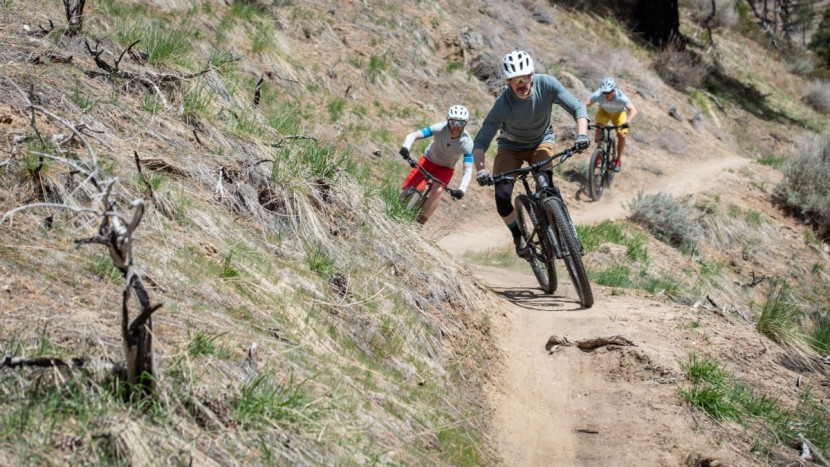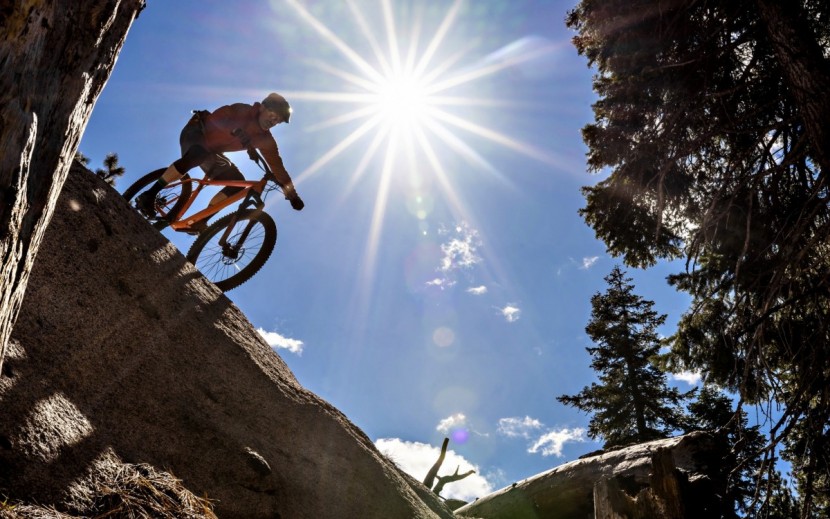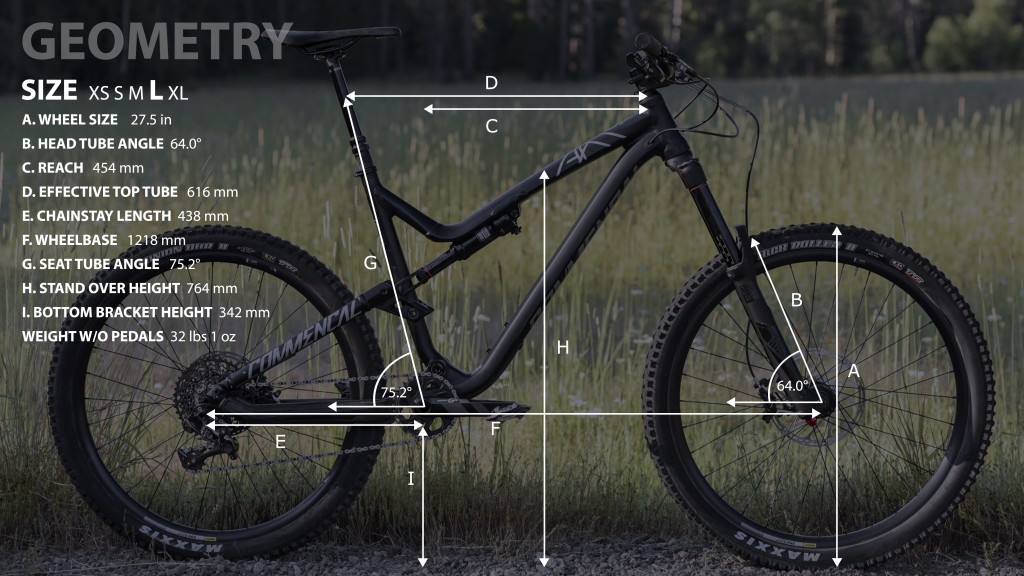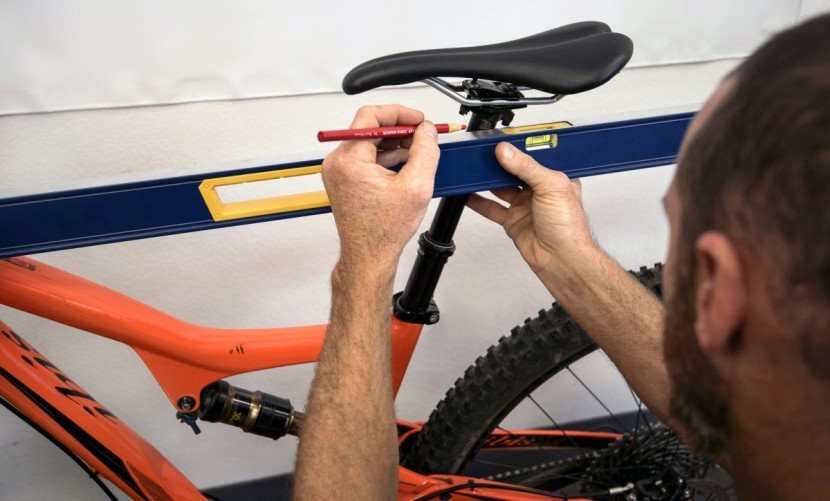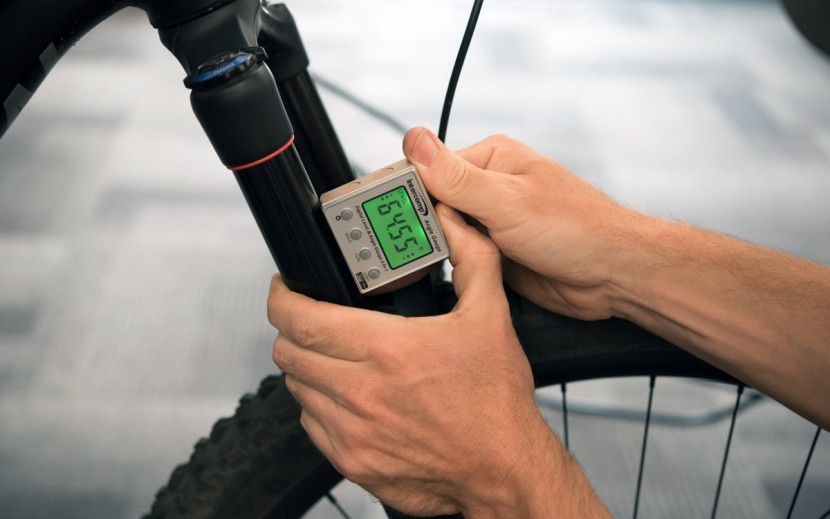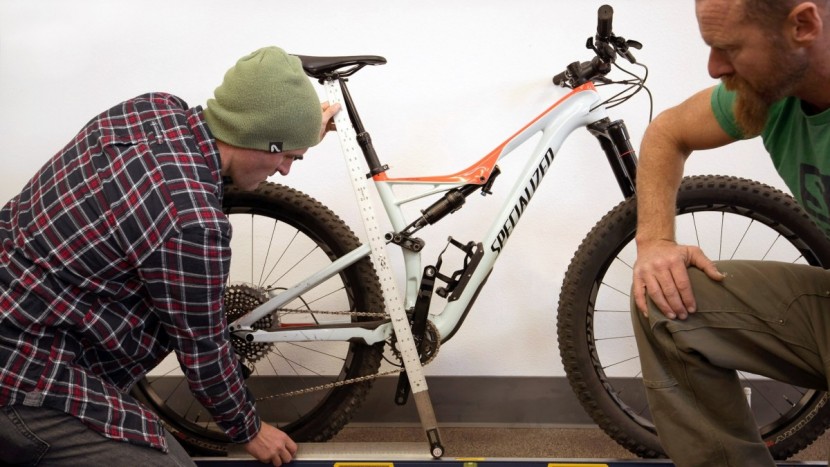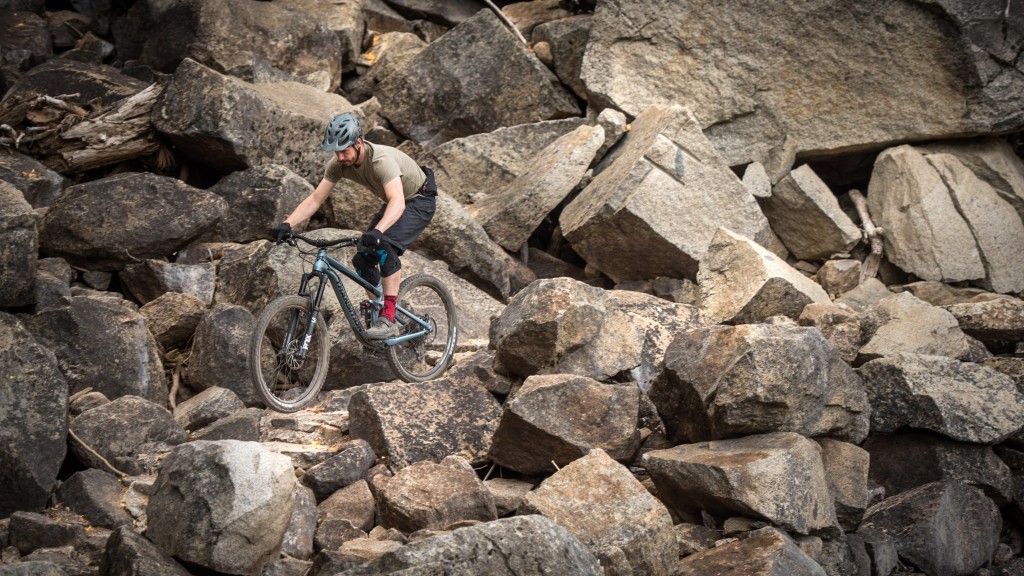Background
Investing in a new mountain bike is a significant decision, both financially and environmentally. Choosing the right bike can elevate your experience to a new level and save you money in the long run. Our mission is to provide the most comprehensive mountain bike reviews to help you make an informed purchase. We undertake a rigorous and ultra-detailed testing process, spending 1-2 months taking these bikes for extensive rides to fully understand their unique characteristics and subtleties. This article outlines our thorough bike review process.
Riding
Our team of bike enthusiasts consists of riders from diverse backgrounds and with varying talents. Testers are tasked with riding numerous rides and configurations on well-known test courses that average 10-20 miles. Our cross-country-oriented test laps encompass a full range of riding conditions, including climbs and descents, buff to rough. Our enduro course has some incredibly challenging lines with many places to get the bike in trouble. We aim to test every bike in every condition and terrain. To ensure a more direct side-by-side comparison, we often ride together to switch between test bikes quickly.
Our testers keep detailed notes on each bike and evaluate its performance. Notes are updated after each ride to monitor how their impressions and opinions change throughout our testing period. Occasionally, we choose to swap a wheelset or suspension component to zero in on a particular performance characteristic. When we use alternate parts in testing, we include a note so you know what we learned.
Fun Factor
We ride bikes for fun, and we assume that you do too. The fun you have while riding a bike is relatively subjective, but we ride dozens of new bikes each year and find a solid consensus. We ask our testers to score each bike based on their impression of how fun each bike is relative to other models they've tested. How much fun you have on a bike is influenced by many factors. Were you grinning ear to ear at the bottom of each descent? Did you clean that climb you've never made it up before? Some bikes are more fun than others, while some are well.. less fun. We do our very best to assess the fun factor.
Climbing
Climbing performance is a crucial factor when it comes to riding trail bikes, as the majority of the time spent on these bikes involves uphill riding. To evaluate each model's climbing ability, we conduct rigorous uphill tests. Our riders pedal up inclines ranging from gradual slopes to steep inclines on a variety of surfaces. We include smooth and technically challenging sections to assess each bike's specific climbing characteristics. Our testers focus on the bike's geometry, kinematics, and component specifications in relation to its uphill performance.
Downhill
More often than not, people have a major preference for riding their bikes downhill. For most people, that's why they rode up the hill in the first place. To determine how each bike handles on the descents, we ride them as if they were our own on a huge range of terrain. We rip down flow trails, smash through rock gardens, and try to find each bike's limit. We focus on how each bike handles at a range of speeds, where each excels, and where each falters. The best bikes have no weaknesses and perform well at all speeds and situations. We ask our testers to focus on geometry, nuances of suspension performance, and component specification and relate those factors to each model's ride characteristics.
Metrics and Final Rankings
We ask that testers not discuss test bikes until the end of the testing process. At that time, our riders had spent weeks or months on these bikes and developed their opinions. We then meet with our testers individually to chat about key differences and come to conclusions about each bike.
We rank each bike on its relative skills/personalities on four metrics. The fun factor is worth 25% of the score, climbing and descending skills are worth 35% each, and ease of maintenance is weighted at 5%.
Measuring Bike Geometry
Geometry plays a significant role in determining the performance of a bike. However, there is no universally accepted method to measure bikes. To provide standardized information, we measure each bike using a set of tools to verify the manufacturer's data. These measurements are the basis of our reviews. Our bike measuring toolkit comprises various tools such as digital scales, a digital angle gauge, a goniometer, a digital caliper, tapes, a laser level, a six-foot box beam level, a few tape measures, a grease pen, a six-foot, and a three-foot straightedge.
Effective Top Tube Length- We take our six-foot level and straight edge to measure the level distance between the center of the head tube and the center of the seat post.
Reach- We hold a straight edge from the center of the head tube and the center of the seat post. We then use a laser to bisect the bottom bracket with a vertical beam. We measure from the point where the laser crosses the straight edge forward to the center of the head tube. That is the reach measurement.
Head Tube Angle- We hold our Intercomp Digital Gauge against the forward-facing portion of the fork stanchions and lower to find the head tube angle.
Seat Tube Angle- We run an extended digital protractor goniometer angle finder through the center of the bottom bracket up to the effective top tube mark on the seat post. This finds a consistent seat tube angle between test bikes despite different designs.
Bottom Bracket Height- We measure from the ground up to the center of the bottom bracket.
Standover Height- We measure our standover height 7 inches ahead of the bottom bracket. This is the point where riders actually straddle the frame. We set the laser beam up there and measure from the ground to the top of the top tube.
Chainstay Length- We measure the distance between the rear axle and the center of the bottom bracket.
Wheelbase- We use the six-foot straightedge to measure the bike from the front axle to the rear axle.
Weight- We use our Park Tool Digital Scale to weigh each bike without pedals.
Conclusion
There's a lot to consider when deciding on your next mountain bike, and choosing the right one can make a huge difference. We put tremendous effort into selecting and testing the bikes we test in real-world conditions. We hope our testing process and detailed comparative reviews help you find the right model for your riding style, terrain, and budget.

